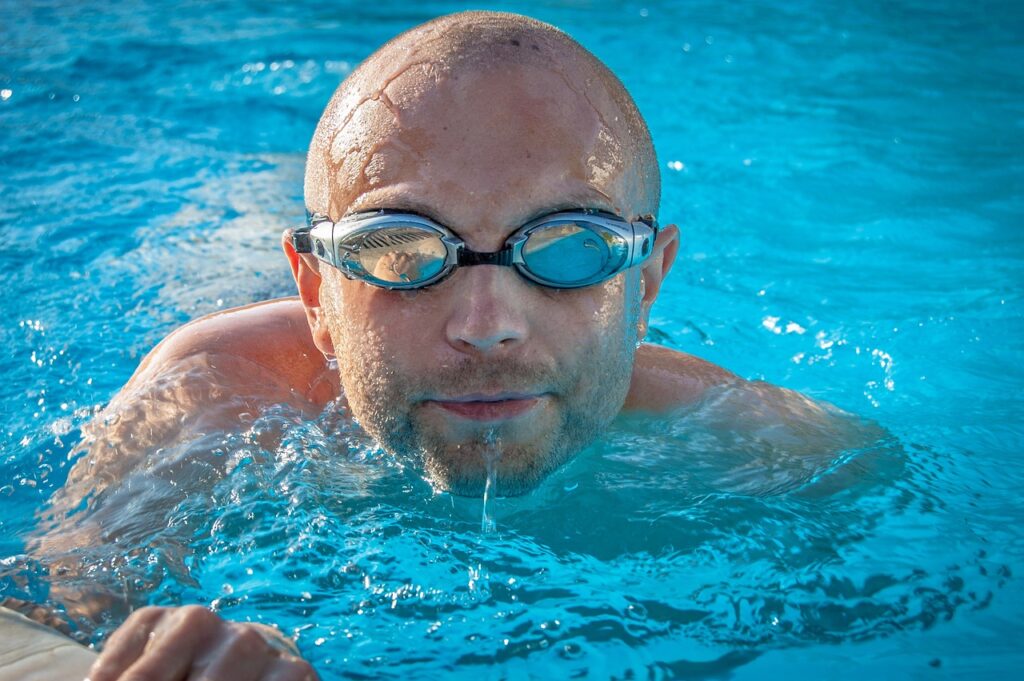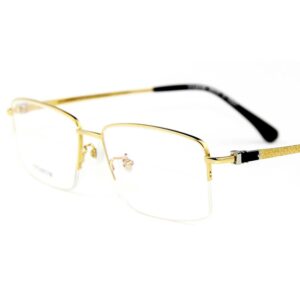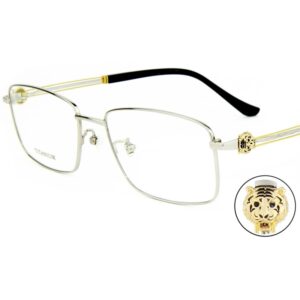Introduction
Keeping your eyeglasses clean is essential for both visual clarity and the longevity of your lenses. A good eyeglass cleaning cloth plays a vital role in this process. Whether you wear prescription glasses or sunglasses, the material of the cloth can significantly impact how effectively your glasses stay clear of dust, smudges, and oils.
In this guide, we will explore various materials used in eyeglass cleaning cloths, discussing their individual benefits and drawbacks to help you make an informed decision on which one is best suited for your needs.
What Is the Best Material for Cleaning Eyeglasses?
The best material for cleaning eyeglasses depends on your specific needs. Microfiber cloth stands out as the most versatile and effective material for most types of lenses. It is known for its excellent dust and oil absorption capabilities, making it a go-to choice for those seeking optimal lens care. However, depending on the situation, other materials like chamois, bamboo fiber, or silk might serve you better. Read on to find out which material works best for your glasses.
Before choosing an eyeglass cleaning cloth, consider the type of lenses you have, how often you clean them, and whether you have special coating requirements.
Microfiber Cloth
Structure and Characteristics
Microfiber cloth is made of synthetic fibers, typically a blend of polyester and polyamide, and is well-known for its ultra-fine structure. These fibers are much finer than a human hair, allowing them to trap dust, dirt, and oils more efficiently. The tight weave and fine texture make microfiber cloth the best choice for cleaning delicate surfaces like eyeglass lenses without scratching them.
Advantages
- Effective Cleaning: Microfiber can remove dust, fingerprints, and oils from your lenses without the need for cleaning solutions.
- Protection: It’s gentle on lenses, reducing the risk of scratches, even on anti-reflective or polarized lenses.
- Versatile Use: You can use it for all types of lenses, including sunglasses, prescription glasses, and even camera lenses.
Disadvantages
- Requires Regular Cleaning: Microfiber cloth can accumulate dirt and oils over time, so it needs to be washed regularly to maintain its effectiveness.
Best Use Scenarios
Microfiber cloth is ideal for daily use and works particularly well for anti-blue light and polarized lenses. It’s a must-have for anyone who cleans their glasses frequently and needs something that gets the job done fast and efficiently.
Chamois Cloth
Material Overview
Chamois cloth is made from natural leather or synthetic materials, giving it a soft, plush feel. Often associated with high-end eyewear cleaning cloths, chamois is a popular choice for luxury glasses and is especially gentle on delicate lenses.
Advantages
- Softness: It provides a luxurious feel and is gentle on expensive, delicate lenses.
- Aesthetic Appeal: Chamois is often marketed as a premium product, which adds a touch of elegance to your eyewear care routine.
Disadvantages
- Less Effective on Grease: While it’s great for general cleaning, chamois may not absorb oils or fingerprints as effectively as microfiber cloth.
Best Use Scenarios
Chamois cloth is perfect for high-end eyewear or situations where presentation matters, but it’s not the best option for glasses that frequently pick up oily smudges.
Velvet Cloth
Material Overview
Velvet cloth is known for its soft and luxurious texture, making it a gentle choice for wiping lenses. It’s made from densely packed fibers, giving it a smooth surface that works well for cleaning delicate items like eyeglasses.
Advantages
- Gentle on Lenses: Velvet is ideal for avoiding scratches on sensitive lenses.
Disadvantages
- Limited Cleaning Power: Its softness limits its ability to clean stubborn smudges or grease marks effectively.
Best Use Scenarios
Velvet cloth is great for light cleaning, making it ideal for those who want to maintain their lenses with a gentle touch but don’t have significant oil or grime buildup.
Bamboo Fiber Cloth
Eco-Friendly Characteristics
Bamboo fiber is a renewable and eco-friendly resource, which makes this type of cloth an attractive option for environmentally conscious consumers. Bamboo is naturally antibacterial and highly absorbent, making it a good option for cleaning surfaces without harmful chemicals.
Advantages
- Sustainability: Bamboo fiber is biodegradable and comes from a sustainable resource.
- Antibacterial Properties: It’s naturally resistant to bacteria, which adds an extra layer of cleanliness when using the cloth.
Disadvantages
- Not the Best for Oil: While it’s great for dust and general cleaning, bamboo fiber doesn’t absorb oils as effectively as microfiber.
Best Use Scenarios
Bamboo fiber cloths are ideal for customers with an interest in environmentally friendly products or those who prefer sustainable alternatives.
Silk Cloth
Material Overview
Silk cloth has been used for centuries in cleaning delicate items. Its smooth and luxurious texture is highly prized, especially in the realm of luxury eyewear. It’s known for its soft touch and gentle handling of surfaces.
Advantages
- Doesn’t Scratch: Silk is extremely smooth, making it an excellent choice for delicate or expensive lenses.
Disadvantages
- Not Suitable for Heavy Cleaning: Silk does not clean oils or tough grime as efficiently as microfiber.
Best Use Scenarios
Silk is most suited for luxury eyeglasses and for those looking to maintain lightly soiled lenses with a soft, protective touch.
Cotton Cloth
Material Overview
Cotton is a natural material that offers a softer feel than synthetic alternatives. While it’s commonly used in various cleaning applications, cotton cloths for eyeglasses aren’t as effective as microfiber or other specialized fabrics.
Advantages
- Natural Material: Cotton is soft and gentle on the lenses.
Disadvantages
- Limited Cleaning Power: Cotton doesn’t perform as well as microfiber when it comes to removing oil or greasy fingerprints.
Best Use Scenarios
Cotton cloth is a good choice for light, everyday cleaning, particularly for those who prefer using natural materials.
Synthetic Suede Cloth
Material Overview
Synthetic suede, often referred to as faux suede, mimics the soft texture of natural suede but is more affordable and easier to maintain. It’s a popular option for eyeglass cleaning cloths because it combines a luxurious feel with practicality.
Advantages
- Durability: Faux suede is more durable than natural suede, making it a long-lasting choice for frequent use.
- Gentle: It’s soft on lenses, reducing the risk of scratches.
Disadvantages
- Average Cleaning Power: While it’s effective at removing dust, it might struggle with more stubborn smudges or oil marks.
Best Use Scenarios
Synthetic suede is a great option for high-end eyewear and special occasions where a soft touch is preferred but heavy-duty cleaning isn’t needed.
Comparison and Selection Guide
When choosing the right material for your eyeglass cleaning cloth, it’s important to balance factors like cleaning power, durability, and the specific needs of your lenses. Below is a quick comparison of the different materials:
| Material | Cleaning Power | Durability | Softness | Best For |
|---|---|---|---|---|
| Microfiber | Excellent | High | Soft | Daily cleaning, all lenses |
| Chamois | Good | High | Very Soft | High-end eyewear |
| Velvet | Average | Medium | Soft | Gentle cleaning |
| Bamboo Fiber | Good | High | Soft | Eco-conscious users |
| Silk | Fair | Low | Very Soft | Luxury glasses |
| Cotton | Fair | Low | Soft | Natural material preference |
| Synthetic Suede | Good | High | Soft | Special occasions |
Choosing Based on Lens Type
- Anti-reflective and polarized lenses: Microfiber or bamboo fiber cloths are your best bets for avoiding scratches and maintaining clarity.
- Luxury or high-end glasses: Chamois or silk offer a premium cleaning experience for delicate, luxury frames.
- Everyday use: Microfiber and cotton are durable and practical for routine maintenance.
Conclusion
In conclusion, the right eyeglass cleaning cloth depends on your specific cleaning needs and preferences. Microfiber remains the most versatile option, but other materials like chamois, velvet, and bamboo fiber have their place, especially for luxury or eco-conscious customers. Choose a cloth that not only keeps your lenses clean but also extends their life by protecting them from damage.
























